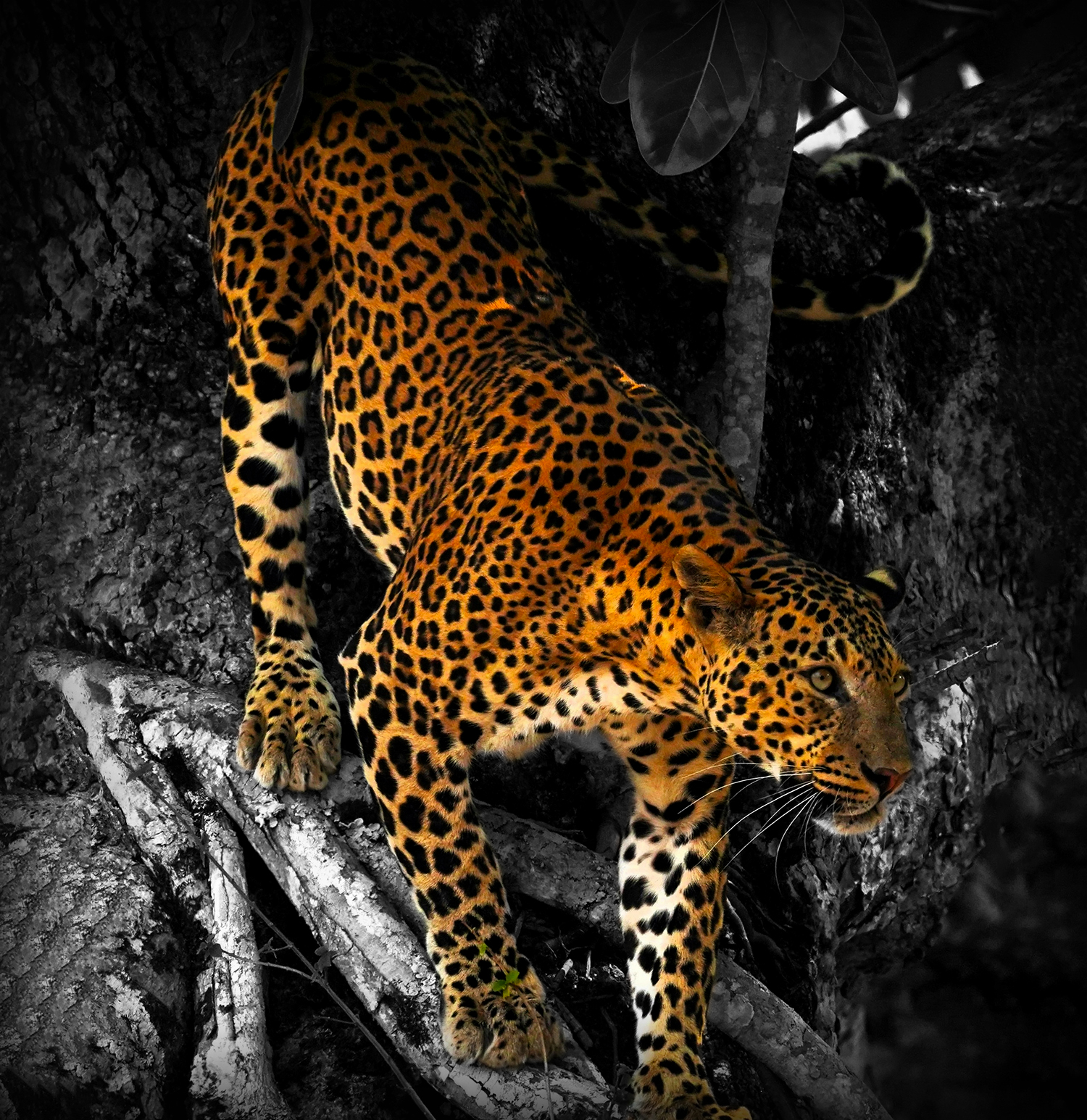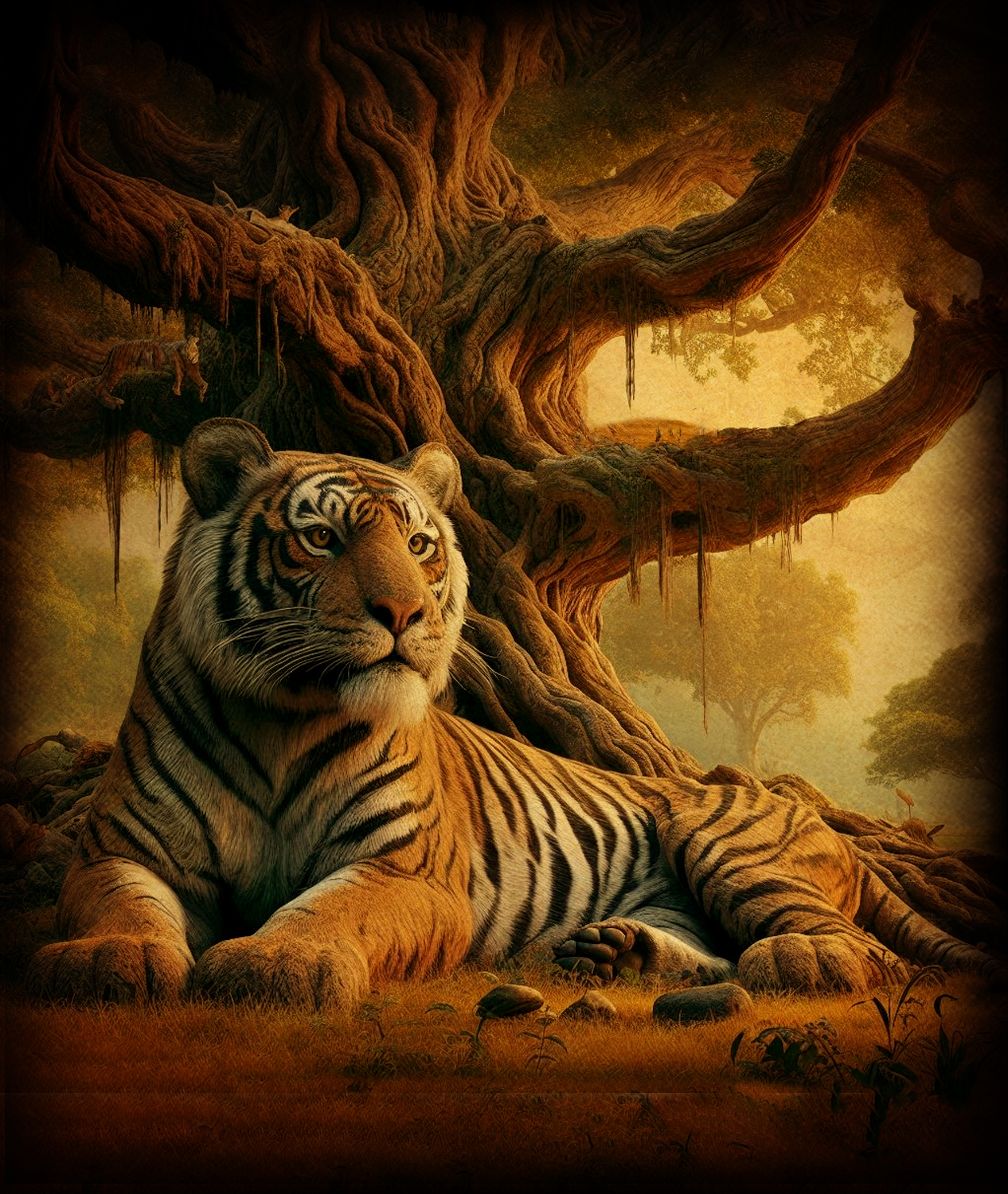Ranthambore National Park is the dream destination for many wildlife enthusiasts. This park is famous among them because of its rich variety of animals. This park is considered among the best places where people can spot the wild majestic Royal Bengal Tigers. It also has a good transport network with various cities and people can get there easily. People who are confused about where to go with family and friends to have some fun can come to this park as it has something to offer for anyone. For historians, it has Ranthambore Fort, for kids, it has Chambal Boat Safari and for Adults, it has thrilling safari rides.
bird species
species mammals
Tiger population
This famous National Park of India was once a former ground for Maharajas and then it was converted into a national park and became one of the most visited places. It is in the Sawai Madopur district of the great Rajasthan state and is around just 170 km from Jaipur. This park is the perfect place to visit for those people who like to enjoy peace and calmness.
People can come here and enjoy thrilling Canter and Jeep safari rides along with the Chambal Boat safari. The Canter and Jeep safari offers travelers a chance to go inside the jungle to spot some wild animals like Royal Bengal Tigers, Leopards, Sloth Bears, Striped Hyenas, Sambar deer, Jackals, Indian Foxes, Crocodiles etc in their natural habitat. The Chambal Boat safari allows travelers to be inside the river and spot some aquatic species in this area. The jeep and canter safari happens in different zones of the park and allows the tourist to experience different sightings. Every zone of the park has a different route and in a particular zone, people can see unique animal sightings along with the scenic beauty of this forest.


Ranthambore National Park got its name from the Ranthambore fort which is located in the middle of that huge park. It’s a wild place and it has witnessed the rich history of this area. India was a green land before Independence, which means this place had extensive forest cover before the Independence but because of the growth of population in this country and the industrial development, the forest was badly exploited. Exploitation led to the degradation of India's green cover, resulting in a decrease in the wildlife living in these forests.
Before the Independence, the forest of Ranthambore was under Jaipur’s Maharaja and he used it as a hunting ground. The Maharajas also let other village people use this forest’s produce after paying an early tax. During that time, the population was not much, and taking forest produce didn't have any impact on it. Also, the Maharaja did not hunt animals regularly, they hunted them occasionally, so there was no severe damage to the wildlife population. But after Independence, with the increasing population and industrialization, the results of forest degradation were shocking.
In the year 1953, the Rajasthan Government took legal action to protect the remaining forest area. In the year 1955, this entire region became the Sanctuary of Sawai Madhopur. Because it became a sanctuary, commercial activities were stopped in the area all illegal activities were prohibited. But there was a constant fall in the number of tigers, so in 1973, this area came under the Project Tiger to protect the tigers.
After that, gradually the surrounding 12 villages of this forest were relocated by the year 1980 and the forest area increased. Also, in the same year, the 280.03 sq. Km of this sanctuary was declared a national park and it spanned with time. Then in 1983, the adjacent north side of this land was named Kela Devi Sanctuary, and in the next year, 130 sq km was declared as Sawai Mansingh Sanctuary.
This park is a great example of the perfect blend of historical sites and new conservation efforts. It has historical attractions and also various flora and fauna which makes it a perfect place for sightings.
This one is probably the oldest stepwell in India with more than 3500 steps that lead down to the water. It has a symmetrical construction of triangular stairs and this place has become a widespread tourist attraction these days because of symmetry. The triangular stairs are 13 storeyed and create a look like a diamond, it’s a nice place to click some shots. This place works as a natural cooler in summer. Distance from Ranthambore - 159.2 km approx Timings to Visit - 07:30 am to 06:30 pm
It’s a beautiful place that is also known among people as the "Mansion of Gold". This is a popular destination and the interior is made of polished gold and intricate artwork of diamonds and glasses. With nice architecture and great appearance, this place attracts tourists from different parts of the World.
Distance from Ranthambore - 87.3 km
Timings to visit- 08:00 am to 09:00 pm
This is among the most visited places in Rajasthan and from this fort, people can get an amazing view of the whole pink city. Pepel can shop for different things and can take nice pictures here. This palace is built atop a hill with pale yellow, pink sandstone and white marble. It has a mix of Mughal and Hindu architecture which draws the attention of the travellers.
Distance from Ranthambore - 189.3 km
Timings to visit- 10:00 am to 08:00 pm
This is also a famous one and one can see the miniature models of the seven wonders of the world at this place. This project was completed by just 250 people in a short period. If you wanna see all the seven wonders in one place then this is the fulfillment of your dreams. Camera is allowed so that people can take their nice photographs.
Distance from Ranthambore - 141.6 km
Timings to visit 02:30 pm to 10:00 pm, 11:00 am to 10:00 pm on Wednesdays.
This is among the famous places to visit in Jaipur and impressively it’s also located close to Ranthambore. The name of this palace basically means Palace of Winds. This name is justified because one can see 953 windows at this palace that served as a summer retreat for the Rajput women at that time. If you wanna take some nice pictures then my recommendation would be to visit there in the early morning. It’s a nice palace and many people come here who come to the park to see the nice views of the roads from the windows.
Distance from Ranthambore - 175.8 km
Timings to visit- 09:00 am to 04:30 pm
Around 80% of the park’s area is covered with 'Dhok' trees and these are found on the hill slopes and valleys. The leaves of these trees provide food for Deer, Nilgai, and Antelope. Other types of trees that cover most areas of this park are Banyan (Ficus bengalensis) and Pipal (Ficus religiosa). Neem, which has medicinal properties can also be found in the area. Other than this, Tendu is also found in the area which is used to make Bidis. These are found in good numbers near the Sultanpur-ki-kui and beyond.
Fruit trees such as Mango, jamun, blackberry, ber, and tamarind cover a good area of this park. Other important flora that make it a great habitat are Babul, Gurjan, Gum, Kadam, Khajur, and Khair, which are the most valuable trees of India. Other than this, lotus and water lilies can also be found in the lakes of this park that are surrounded by the Khus grass. Even the roots of this khus grass are used for making an aromatic oil which is known as vetiveria oil and is famous all over the world. These roots are also used to make curtains and when moistened they cool and scent the surrounding air.
You can get amazing photographs of famous tigers in this park and other than them, you can enjoy good spottings of animals. This park allows sights of elegant and graceful spotted deer along with the huge Sambar Deer. While on a long ride, you can spot crocodiles basking around the beautiful and soothing lakes. Even in the clear sky, vultures can be seen soaring. People who have an interest in observing animals can see the Serpent eagles scanning the ground from their perch or the kaleidoscope of waterfowl at the pools.
This park has a rich birdlife with around 300 species of them flowing here and there. If you like birding, then this place is the best food you as many species of birds, even the rare ones call this place a home such as the large Cormorant, Painted Spurfowl, Sarus Crane, Bronzed winged Jacana, Sandpiper, Kingfisher, Nightjar, Painted Sandgrouse, Great horned owl, etc. For a nice experience, it is advised to come here in winter as a lot of migratory birds pay a visit to this place.
Ranthambore National Park is a nice place to visit during the winter months. This park remains open all around the year but zones 1- 5 only remain open from the 1st of October to the 30th of June. Other than this, the zone from 6 - 10 remains open all time. Monsoon would have been the best time because of scenic beauty but because of strict rules against safety, it’s not allowed to enter the core area during that time. So after monsoons, i.e. in winter the park remains lush green, and many flowering plants can be spotted here. Also, migratory birds can also be spotted. The weather also remains nice and many wild animals are active during this time.
The best months to visit this park are considered from November to April. The weather is mostly pleasant during those months and also wildlife sightings are most common. The park looks beautiful with greenery all around and a lot of beautiful migratory birds can also be seen.

JEEP SAFARI
Ranthambore National Park’s most famous safari is the Jeep Safari. It allows people to spot
animals from close and also explore the rich flora of this scenic park. These safaris can
accommodate 6 people and a child below
5 years. Tourists enjoy these types of safaris the most since they may travel on narrow routes
and provide nice sightings because they are open from all directions. By going on jeep safaris,
you can spot the wild animals
of this park without any disturbance. 1 jeep safari can be booked for 6 people and 2 more seats
are there for the driver and guide. These safaris are booked 3 months before the travelling date
so book them in advance to
avoid disappointments.
CANTER SAFARI
This is a safari that is like an open bus. 20 people can go for a safari in Canter and it is
best for big groups coming to the park. This is also budget friendly and a great option for
those who don’t want to spend much.
One drawback of this safari is that they are not permitted to enter zones 7 and 8 of the park.
These are fun safaris and people who choose these safaris can see nice views of surroundings
because they are bigger in
height than the jeep safari. These safaris will let you explore the animals even from a
distance. Booking for these safaris is done on a first come first serve basis so booking them in
advance would be great.